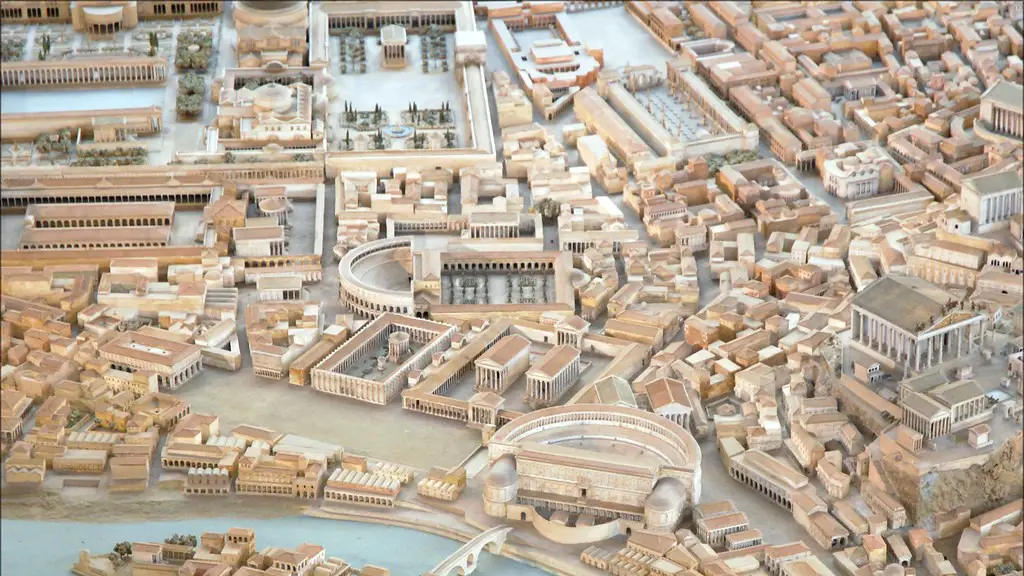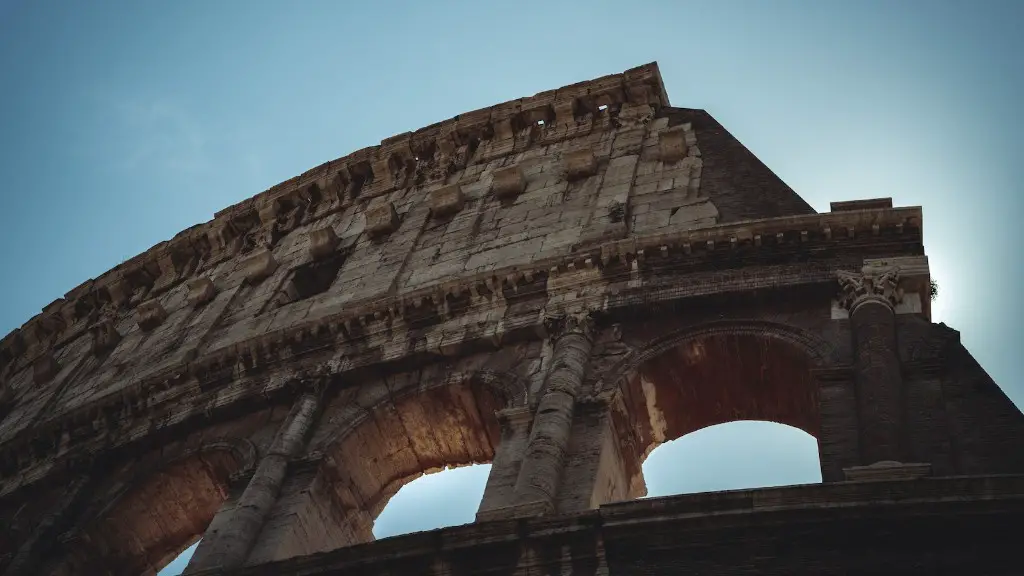Toys for Infants and Toddlers
Toys for infants and toddlers in ancient Rome were mostly crafted from materials like wood and wax. Generally, simple dolls were used that lacked any decoration, facial features, and bodies with anatomical correctness as toy-making wasn’t a well-developed art form yet. The chief entertainment for babies and tots since the Roman era seems to have been rattles, bells with clappers, and hollow drums. Some wooden rattles even had figures of animals carved on them, which served as a source of entertainment and learning for young ones.
Ancient Romans also developed a board-like instrument they called a “joyless game,” striving to imitate the effects of a modern-day board game. These games saw players play with toy pieces made of clay and leather, while also having animal-like figures as a key component of the game. Furthermore, these figures were used to play a kind of infantile ball game, wherein players would attempt to advance the pieces across an open space to reach the opposite side first.
Toys for Older Boys
Interestingly, ancient Rome also had toys specifically designed for older boys. Some of these toys were constructed from the same materials that made up the adult versions of everyday objects, such as weapons and tools. Children were allowed to use smaller, more manageable versions of these everyday objects as toys. For instance, wooden swords were often given to children as toys.
The rest of the toys for older boys were made from more elaborate materials, like metal and glass. Toys such as fastened bull saloon and bells were also a common sight. More expensive toys like chariots, miniature bone tables, and bone plates were also part of ancient Rome’s toy collection.
The various tools used in ancient Rome by adults were also given to children to play with, albeit in smaller forms. Therefore, pedes (monopoly-like board game pieces) came in various shapes and sizes, as do today’s board games. In addition, smaller versions of dice and spinning wheels were also used in the playing of certain games.
Toys for Girls
Toys for girls in ancient Rome were far less elaborate than for those for boys, though girls were encouraged to understand the importance of marriage and housekeeping from an early age. Toys for girls consisted mostly of dolls, miniature furniture, spinning wheels, cooking tools, and miniature animals.
The girls’ dolls were usually made from wax, terra cotta, or ivory, and rarely had elaborate decorations. Dolls were often accompanied by crude miniature furniture crafted from a variety of materials such as metal and wood, with metal being the preferred material of choice for miniature furniture. These miniature objects aimed to both entertain girls and teach them the practicalities of being a wife.
In addition to their dolls, girls in ancient Rome were gifted with spinning wheels, cooking tools, and miniature animals that they would pretend to farm, domesticate or care for. Girls were even given packing strings which they could use to wrap items like miniature offerings or bread. Needless to say, girls in ancient Rome had plenty of toys to express their creativity and imagination.
Stuffed Animals and Dolls
The earliest dolls and stuffed animals, similar to those used by children today, can be traced back to ancient Rome. The first dolls that are known to have been used in Roman times were often crafted from wax, terra cotta, or ivory.
Furthermore, the material used to craft the dolls was often combined with paint. The paint allowed for a greater range of designs to be created, including facial features and body shapes. The dolls were fashioned into human figures and were meant to be played with by young children.
Furry dolls were also part of the toy range in ancient Rome, though they weren’t stuffed. These dolls, crafted from clay or wax and painted with fur, were similar to those favoured by children today. To add an extra level of realism, they were sometimes sculpted with tiny horns or teeth.
Toy Shields and Chariots
Toy shields and chariots were also part of the playtime for children in ancient Rome. Shields were mostly made of bronze and were limited in size and color. The chariots were large and meant to accommodate two people. These two items were often accompanied by riders, miniature horses and their harnesses, and breed backdrops. The chariots were meant to be used as racing games, with riders of the chariots competing against each other to cross the finish line.
In addition, toy chariots were usually built in either four- or six-wheel formats, quite unlike the one-wheel chariots used in the actual chariot races at Roman arenas. These toy chariots also showcased a great deal of detailing, ranging from intricate designs to horse figures and crests.
Toys for Grownups
Contrary to popular belief, adults in ancient Rome also enjoyed some fun and games. Adults in ancient Rome played what they called “board games”, similar to modern-day board games. In addition, adult-sized figures of gods, heroes, and animals were crafted, some with intricate markings that served as a kind of decoration for their homes.
Women were also enthusiastic about entertaining themselves with toys. Smaller versions of animal-like figure toys were diligently crafted from wax. These figures were called “colybelles”, which were said to represent a mother’s figure. Women in ancient Rome were also known to play a kind of game in which several coins were used to represent the figures of civilians, soldiers, and horses.
Metal and Glass Toys
In the latter half of the Roman Empire, toys were crafted from more expensive materials such as glass and metal. Metal toys were generally smaller versions of everyday objects such as tools and weapons, however, they were still too large for children to use.
Glass toys were also used in ancient Rome, though they were mainly fashioned out of blown glass. They predominantly took the form of figures of gods, animals, and other mythical creatures.
In addition to glass figurines, Roman glassmakers experimented with more elaborate items such as masks, cups, swords, and coins made from glass. Toys made from glass were expensive and not intended for children but rather as a showcase of art.
Water Toys
Finally, many ancient Roman toys were water-based. One of the most popular was a sailboat, crafted entirely out of wood and equipped with a mast. The sail of these boats was crafted from a canvas-like cloth – an innovative material of its time.
To complete the look, these sailboats also had oars decorated with painted feathers, giving them an exotic touch. In addition, small glass containers filled with colored water were also used as toys, though they served more of a decorative purpose than a practical one.
Legacy of Roman Toys
The legacy of ancient Roman toys lives on in many of today’s toys. From dolls and figures to board games and chariots, many of today’s toys can be traced back to Roman times. Though the materials and techniques used to craft Roman toys have evolved greatly over the past two thousand years, the enjoyment provided by them has not.
It is fascinating to think past civilizations could craft toys from humble materials such as wax and wood, and yet these toys are still played with by children today. Toys in ancient Rome were capable of entertaining and teaching children about their culture in a fun and imaginative way, something that still holds true today.


